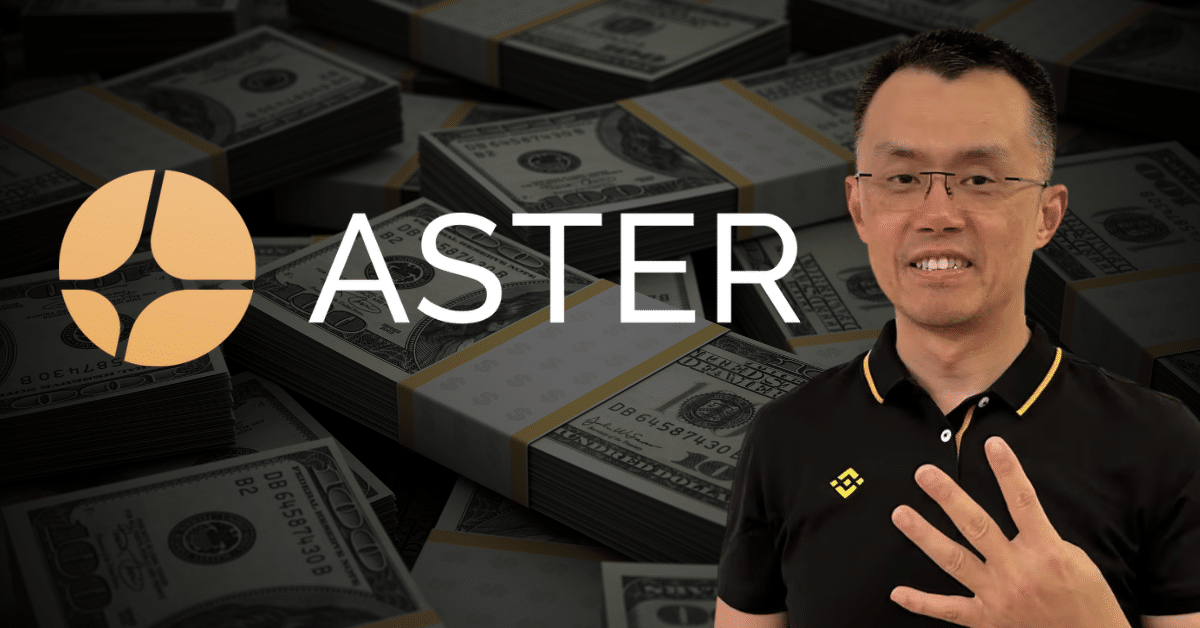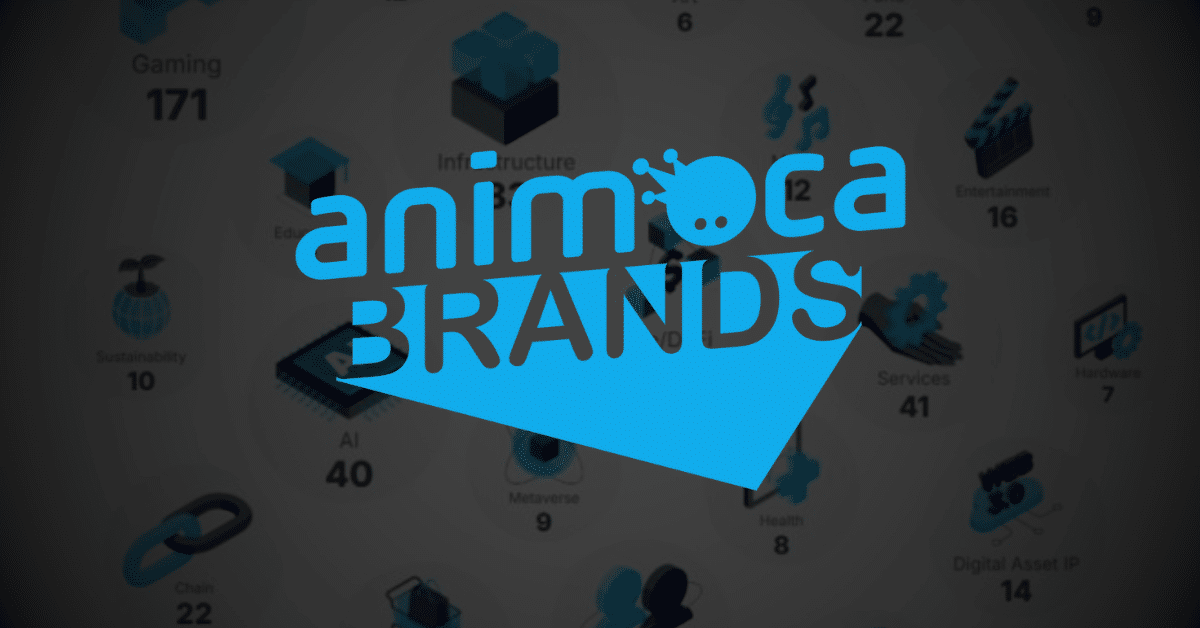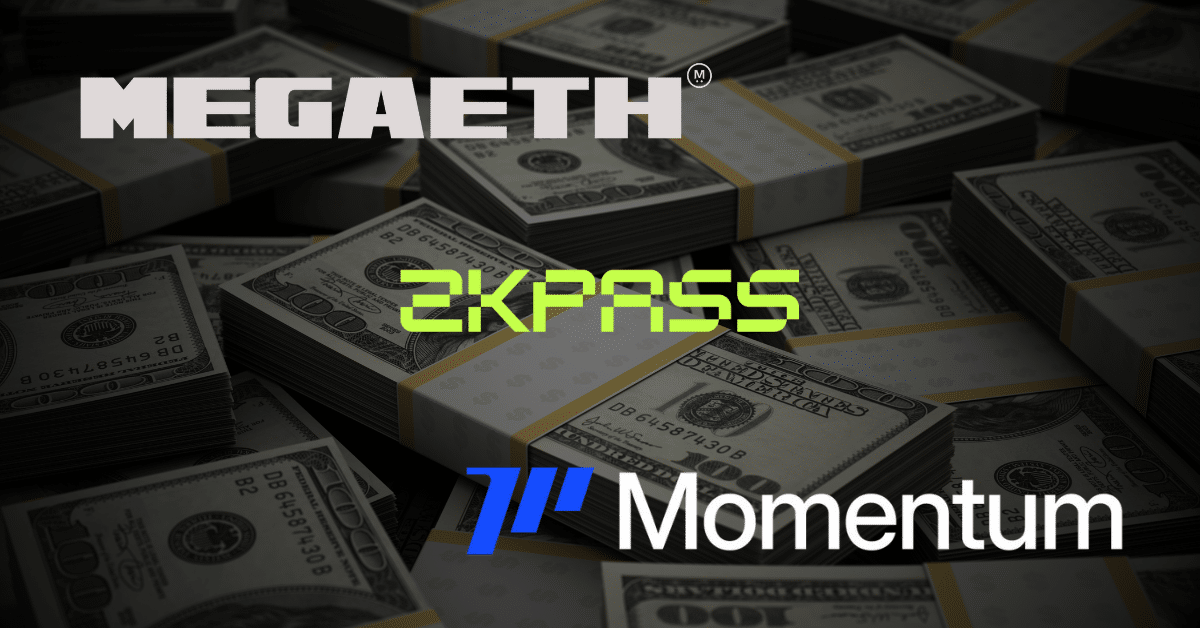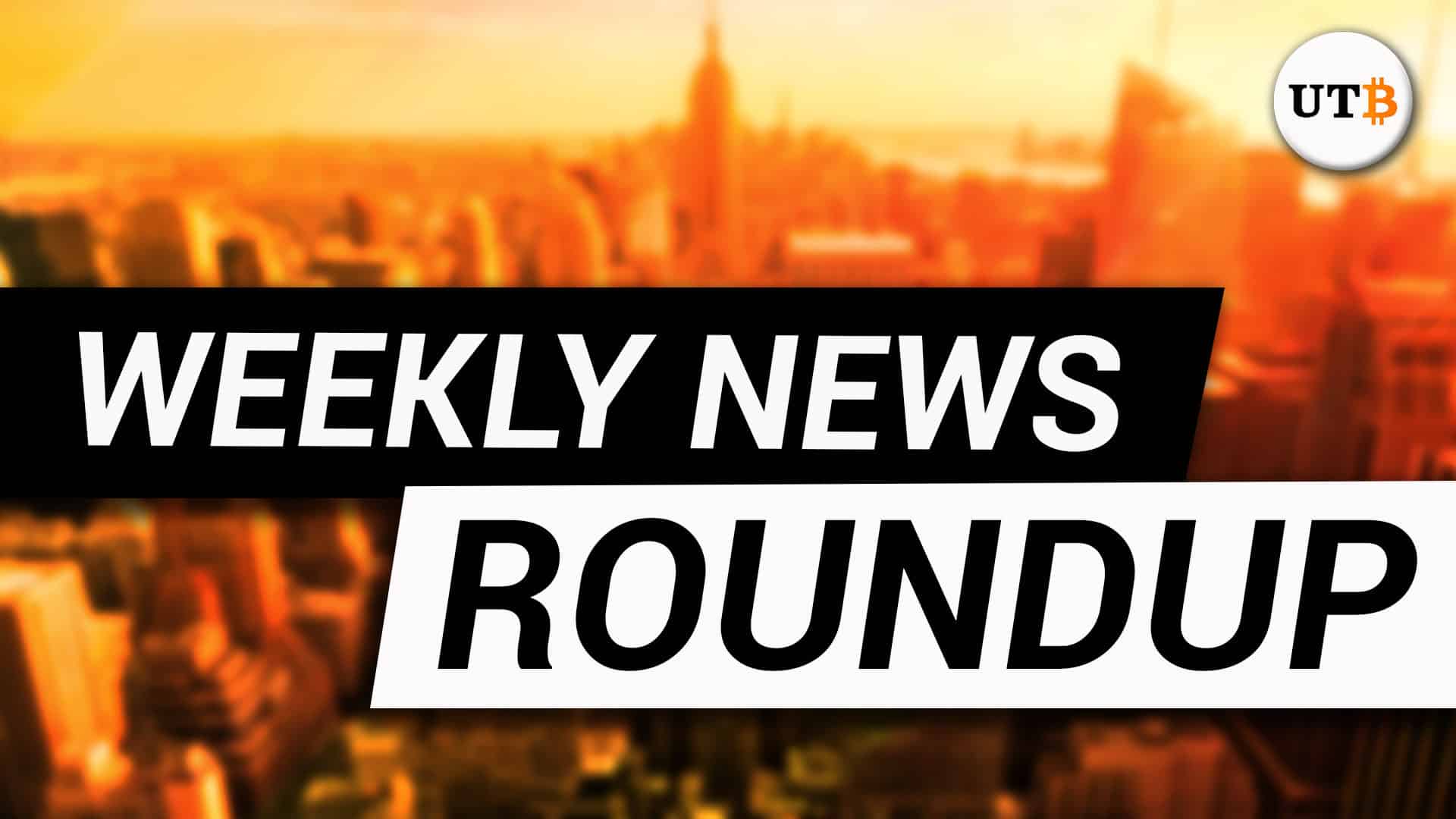Following Ripple’s acquisition of the prime brokerage firm Hidden Road, the XRP Ledger (XRPL) will now be utilized to facilitate post-trade services. This will help lower costs and make settlements faster. Ripple’s new stablecoin, RLUSD, will be used as collateral to help connect crypto with traditional finance. This move aims to streamline processes and demonstrate how XRPL can be beneficial for large financial institutions utilizing DeFi.
Ripple Bets Big on XRPL
Cassie Craddock, Ripple’s Managing Director for the UK and Europe, has announced that the XRP Ledger (XRPL) will be key to Hidden Road’s post-trade operations. Ripple recently bought the prime brokerage firm for over $1.2 billion.
In her statement, Craddock shared that RLUSD, Ripple’s stablecoin, will be used as collateral, making it easier to connect digital assets with traditional finance (TradFi). At the same time, Craddock confirmed that the XRPL will support all of Hidden Road’s post-trade services in prime brokerage.
XRPL to Streamline Hidden Road
Hidden Road had previously shared plans to move its post-trade operations to XRPL to reduce costs and expedite settlements. Ripple’s leaders mentioned during the acquisition announcement that Hidden Road handles $3 trillion in transactions yearly.
Despite this large volume, the process faces delays and inefficiencies due to traditional payment methods. Ripple aims to fix these problems through XRPL integration. Ripple believes this move will showcase XRPL as a blockchain suited for institutional DeFi use.
Integration of XRP Ledger and RLUSD
As part of the integration, Hidden Road plans to migrate its post-trade operations to the XRP Ledger (XRPL) to reduce costs and enhance scalability. Ripple’s stablecoin, RLUSD, will also be used as collateral in Hidden Road’s prime brokerage products, making it easier to manage margins between digital and traditional markets.
Ripple’s Chief Technology Officer, David Schwartz, described this acquisition as a “key moment” for the XRP Ledger, which could lead to increased adoption among institutional clients.
Regulatory Approval and Strategic Implications
The acquisition has been approved by the Financial Industry Regulatory Authority (FINRA), giving Hidden Road the U.S. broker-dealer license it needs to operate. Ripple’s CEO, Brad Garlinghouse, stated that the deal will enable Hidden Road to grow rapidly with Ripple’s support, aiming to become the world’s top non-bank prime broker.
This move aligns with the growing support for digital assets in the U.S. under the current administration, which has fostered a positive regulatory environment, enabling Ripple to expand strategically.
RLUSD as a Game-Changer for Stablecoin Adoption
Ripple’s stablecoin, RLUSD, will serve as a collateral tool in Hidden Road’s operations, potentially leading to increased adoption of RLUSD in global financial markets. This integration of RLUSD as a collateral asset could facilitate smoother transactions between traditional financial markets and digital asset ecosystems, streamlining cross-margining processes.
Reducing Costs Through XRPL
Hidden Road’s move to XRPL for post-trade services aims to lower costs and speed up settlements. Ripple’s technology offers a more efficient and cost-effective system for Hidden Road, potentially transforming how post-trade services are conducted and establishing new standards for speed and cost in the industry.
Final Thoughts
Ripple’s acquisition of Hidden Road marks a major step toward bridging traditional finance with the digital asset world. By utilizing the XRP Ledger (XRPL) and its new stablecoin, RLUSD, Ripple demonstrates how blockchain technology can address real-world challenges, such as high costs and slow settlement times, within large financial systems. With regulatory approval and strong leadership behind it, this move could position Ripple and XRPL as key players in institutional finance and set a new standard for post-trade services in the future.























